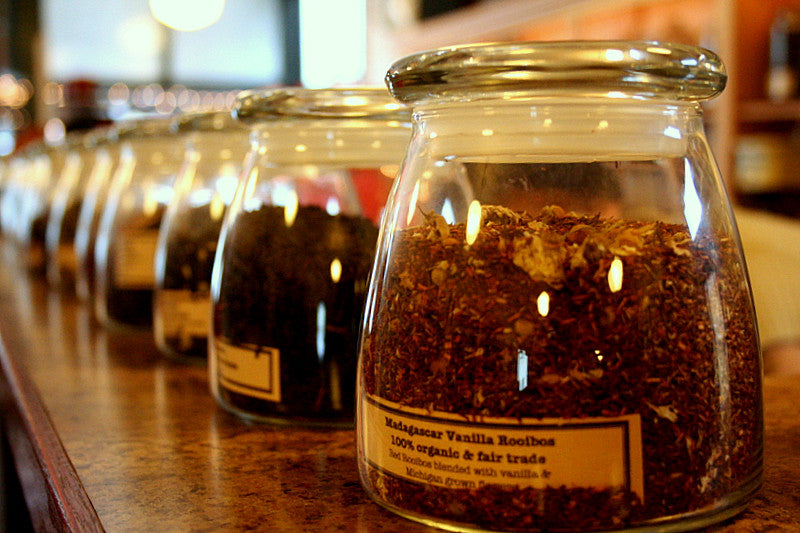
When I was a kid, I had this friend Billy who was Vietnamese. One of my most vivid memories I have of Billy is the day I saw him eating a green Papaya. Now I wasn't even really sure what a papaya was supposed look like, but I knew it wasn't supposed to be green. And if you think I was surprised looking at it, imagine what my reaction was when I tasted it. I was expecting a sweet fruit flavor, but instead it was tangy and a little bitter. I may have started crying after I ate it because it was so weird, but I was about 6 years old so who could blame me. While I have actually learned to love green papaya, the important thing to note is how a single fruit can have different flavors and colors based on how ripe it is. Tea also has multiple flavors and colors based on how "ripe" it is. The technical term for "ripeness" is actually oxidation.
The Key is Oxidation
Oxidation is the natural process by which enzymes in the tea leaf are exposed to oxygen in the air. What then happens is a chemical reaction where leaves turn progressively darker as their chlorophyll breaks down and tannins are released.
Tea will Turn Darker as it Oxidizes
All plants contain a chemical called chlorophyll. In the most basic sense, this is what gives plants their “green” color. As the process of oxidation occurs, chlorophyll breaks down so the color becomes less “green.” So, the basic rule with tea is, the longer the leaf is oxidized, the darker the leaf. However, oxidation doesn’t only affect the color, but also the taste of the tea.
The Taste will become Less “Grassy” also
As more tannins are released through oxidation, the flavor turns from more vegetal to a malty flavor. This is why green tea has a grassy, light taste and black tea has more of a substantial malty taste.
You must Stop Oxidation or It will Ruin the Tea
To stop the oxidation process, you need to reduce the moisture content to 5 or 6%. In order to halt this process, most tea farmers will use the technique of shāqīng that applies a moderate heat to the leaf to deactivate the enzymes while maintaining the flavor. This has been traditionally done over a hot wok or through steaming. It is important to stop the oxidation process otherwise the tea will rot, just as a papaya will become overripe if left too long. If oxidation is left unchecked, both papayas and tea will spoil.
photo: www.flickr.com/photos/stevendepolo/3014267237
1 Response
Leave a comment
Comments will be approved before showing up.



Quora
January 21, 2016
What exactly does “oxidation” mean in the process of making tea?…
An example of oxidation is with a banana. It first starts off green, but as it sits on your counter it gradually turn yellow then black. At each stage the banana tastes different as well. So with tea, it starts off green and gradually turns black as it…